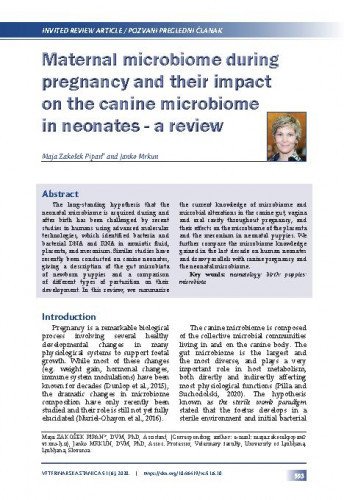The objective of this study was to evaluate the genetic diversity of the Colombian Creole donkey in the Department of Sucre using Random Amplified Microsatellites (RAM) molecular markers. In 100 individuals from the five subregions of the department, DNA was extracted and five RAM primers were amplified by PCR. In all, 291 bands were found, on average 11.96±1.45 per primer, the highest value in CCA (18±2.23) and the lowest in TG and GT (8.8±0.44). CA was the most polymorphic primer (88.09±10.91%) with the highest heterozygosity value (He) (0.376±0.021), while the lowest was GT (0.341±0.076 and 0.101±0.040, respectively). Intrapopulation analysis showed an average of 66.50±1.72 bands, of which 89.86±24.04% were polymorphic. The highest number of bands (63±3.84) was found in the Gulf of Morrosquillo (GO) subpopulation, and the lowest in Mojana (MO) (48±2.88); however, the highest value of polymorphic loci (81.16%) and He (0.335±0.022) were found in the Montes de María (MM) subpopulation, making it the most diverse. The average genetic diversity for the entire population was 0.351±0.021 bands. The population structure analysis showed a 10% variation between subpopulations, with an FST value of 0.17±0.01 (P<0.05). Genetic distances between subpopulations showed that MO and GO were the most distant. The RAM markers are effective in assessing the genetic diversity of the Creole donkey, which has high values of genetic diversity, particularly the MM subpopulation. The genetic revealed structure could be the result of natural geographical barriers between the subregions.; Cilj ove studije bio je procijeniti genetsku raznolikost kolumbijskog kreolskog magaraca iz odjela Sucre koristeći molekularne markere tipa RAM-a (engl. Random Amplified Microsatellites). U 100 jedinki iz pet podregija odjela izlučeno je DNK, a pomoću PCR-a amplificirano je pet primera RAM-a. Pronađene su 291 trake, prosječno 11,96±1,45 po primeru, najveća vrijednost u CCA (18±2,23), a najniža u TG i GT (8,8±0,44). Najviši polimorfni primer (88,09±10,91 %) i s najvišim He (engl. heterozygosity value (0,376±0,021) bio je CA, dok je najniži bio GT (0,341±0,076 i 0,101±0,040). Intrapopulacijska analiza pokazala je prosječno 66,50±1,72 pojasa, od kojih je 89,86±24,04 % bilo polimorfno. Subpopulacija Gulf of Morrosquillo (GO) imala je najveći broj opsega (63±3,84), a najmanju je pronašla u Mojana (MO) (48±2,88), međutim, najveću vrijednost polimorfnih lokusa (81,16 %) i He (0,335±0,022) pronašli su u subpopulaciji Montes de María (MM), koja je najraznolikija. Ustvrđena prosječna genetska raznolikost iznosila je 0,351±0,021 za cijelu populaciju. Analiza populacijske strukture pokazala je 10 % odstupanja između subpopulacija, s vrijednosti FST-a od 0,17±0,01 (P<0,05). Genetske udaljenosti između subpopulacija pokazale su da su MO i GO najdalje. RAM markeri učinkoviti su za procjenu genetske raznolikosti kreolskog magaraca, ova kreolska pasmina ima visoke vrijednosti genetske raznolikosti, MM subpopulacija je najraznolikija, pronađena genetska struktura može biti rezultat prirodnih geografskih barijera između podregija.
Sažetak

 Veterinarska stanica : 51,6(2020) / glavni i odgovorni urednik Marko Samardžija.
Veterinarska stanica : 51,6(2020) / glavni i odgovorni urednik Marko Samardžija.